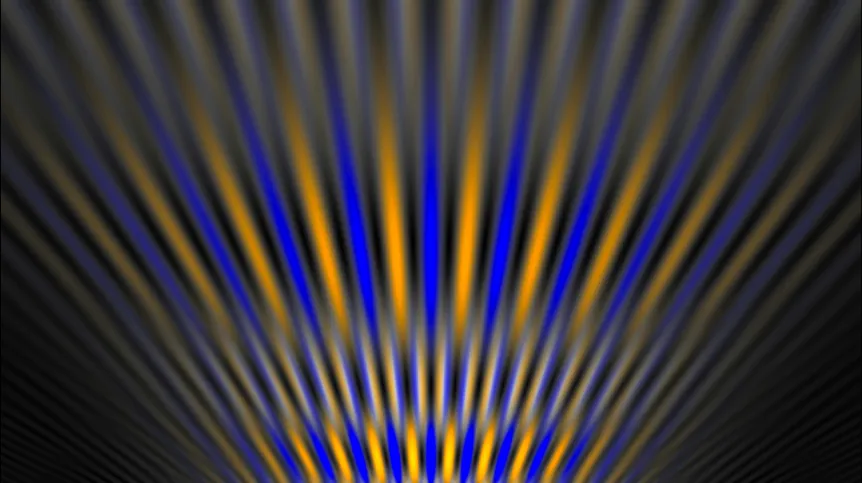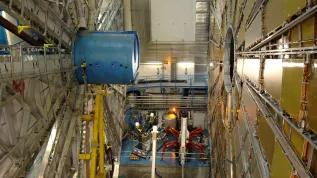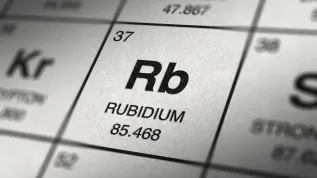
Physicists from the University of Warsaw have developed and tested a novel quantum key distribution (QKD) system that uses high-dimensional encoding, offering a simpler and more scalable design than current technologies. The system was tested both in the laboratory and using the university’s urban optical fibre network, over several kilometres.
The results, published in Optica Quantum, Optica, and Physical Review Applied, were summarised in a statement from the Faculty of Physics of the University of Warsaw.
“Thanks to the new method using the temporal Talbot effect, we successfully demonstrated QKD with two- and four-dimensional encoding, using the same transmitter and receiver,” said Adam Widomski, a doctoral candidate and co-author of the study. “Despite its flaws, the method increases information efficiency thanks to the properties of high-dimensional encoding.”
QKD enables secure communication by transmitting encryption keys through quantum particles, typically qubits—the quantum equivalent of bits. But qubits have limitations in information capacity and stability.
“QKD typically employs qubits, but they have limitations,” said Dr. Michał Karpiński, head of the Quantum Photonics Laboratory at the university. “Meanwhile, multidimensional coding, based on complex quantum states, allows us to transmit more information.”
The Warsaw team used time-bin superpositions of photons, where a photon exists in a combination of time states — neither “earlier” nor “later.” Such superpositions encode data using the phase of the light wave. “Until now, detection of superpositions of two pulses — earlier and later — was possible. We have extended this to include a larger number of time intervals,” Karpiński explained.
The innovation is based on the Talbot effect, first described in 1836 by Henry Fox Talbot. In optical fibres, due to dispersion, light pulses can reproduce their temporal structure — an optical analogue to a diffraction pattern.
“Thanks to the space-time analogy in optics, we can apply the Talbot effect to short light pulses, including single photons — thereby gaining new capabilities for analysing and processing quantum states,” said Maciej Ogrodnik, a doctoral candidate at the Faculty of Physics.
The researchers built a four-dimensional QKD system using commercially available components and a single-photon detector — removing the need for complex interferometers.
“This significantly reduces the complexity and cost of the measurement system,” Widomski noted. “Moreover, our method does not require separate, often time-consuming and challenging calibration of the receiver.”
The method maintains high detection efficiency regardless of the number of pulses. While measurement error rates remain relatively high, the team says these do not prevent effective quantum key distribution. The same hardware can detect superpositions in multiple dimensions, enhancing flexibility.
Because QKD is valued for its theoretical security, the Warsaw team worked with collaborators in Italy and Germany to examine potential weaknesses.
“Our collaborators have found that a modification of the receiver allows for collecting more data, thus eliminating the vulnerability,” Ogrodnik said. “The security proof of the new protocol was published in Physical Review Applied.”
The research, carried out within the QuantERA international cooperation programme coordinated by the Polish National Science Centre, not only produced new scientific results but also advanced Poland’s capabilities in quantum photonic technologies.
“The project not only yielded new scientific results but also allowed us to build expertise in cutting-edge quantum photonic technologies,” the researchers said in a statement.
PAP - Science in Poland
lt/ agt/
tr. RL













